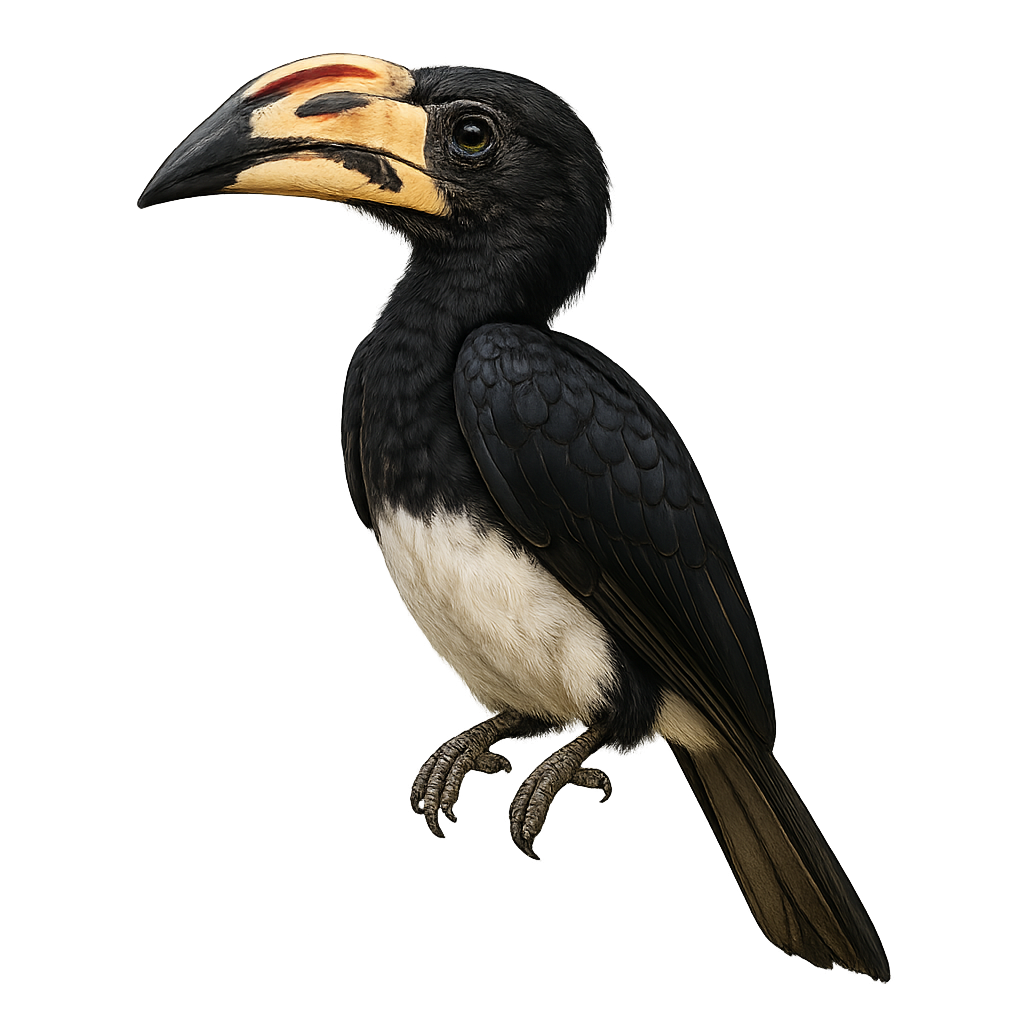Your wildlife photography guide.
Explore the west african pied hornbill in detail, study its behavior, prepare your shots.
Where to observe and photograph the west african pied hornbill in the wild
Learn where and when to spot the west african pied hornbill in the wild, how to identify the species based on distinctive features, and what natural environments it inhabits. The WildlifePhotographer app offers tailored photography tips that reflect the west african pied hornbill’s behavior, helping you capture better wildlife images. Explore the full species profile for key information including description, habitat, active periods, and approach techniques.
West African Pied Hornbill
Scientific name: Lophoceros semifasciatus

IUCN Status: Least Concern
Family: BUCEROTIDAE
Group: Birds
Sensitivity to human approach: Suspicious
Minimum approach distance: 10 m
Courtship display: March to April
Incubation: 23-25 jours
Hatchings: March to May
Habitat:
Tropical forests, wooded savannas, wetlands
Activity period :
Primarily active during the day, with peak activity in the morning and late afternoon.
Identification and description:
The West African Pied Hornbill, or Lophoceros semifasciatus, is a small forest hornbill from equatorial Africa, easily identified by its bright white belly contrasting with its black head, wings, and tail. It has a pale yellow bill with a dark tip and lacks a prominent casque. It inhabits the canopy of tropical forests and is often seen crossing clearings or flying over roads in small groups. It feeds on fruits, insects, and occasionally small vertebrates. Its call is a series of sharp whistles. Although discreet, the West African Pied Hornbill remains relatively common in undisturbed forest areas.
Recommended lens:
400mm – adjust based on distance, desired framing (portrait or habitat), and approach conditions.
Photography tips:
To photograph the West African Pied Hornbill, it is advisable to use a telephoto lens of at least 400mm to capture detailed images without disturbing the bird. Look for areas where these birds feed, such as fruiting trees, and be patient. Morning is often the best time to observe them, as they are more active. Ensure you maintain a respectful distance to avoid scaring them away. Use a tripod to stabilize your camera and achieve sharp images.
The WildlifePhotographer App is coming soon!
Be the first to explore the best nature spots, track rutting seasons, log your observations, and observe more wildlife.
Already 1 429 wildlife lovers subscribed worldwide

